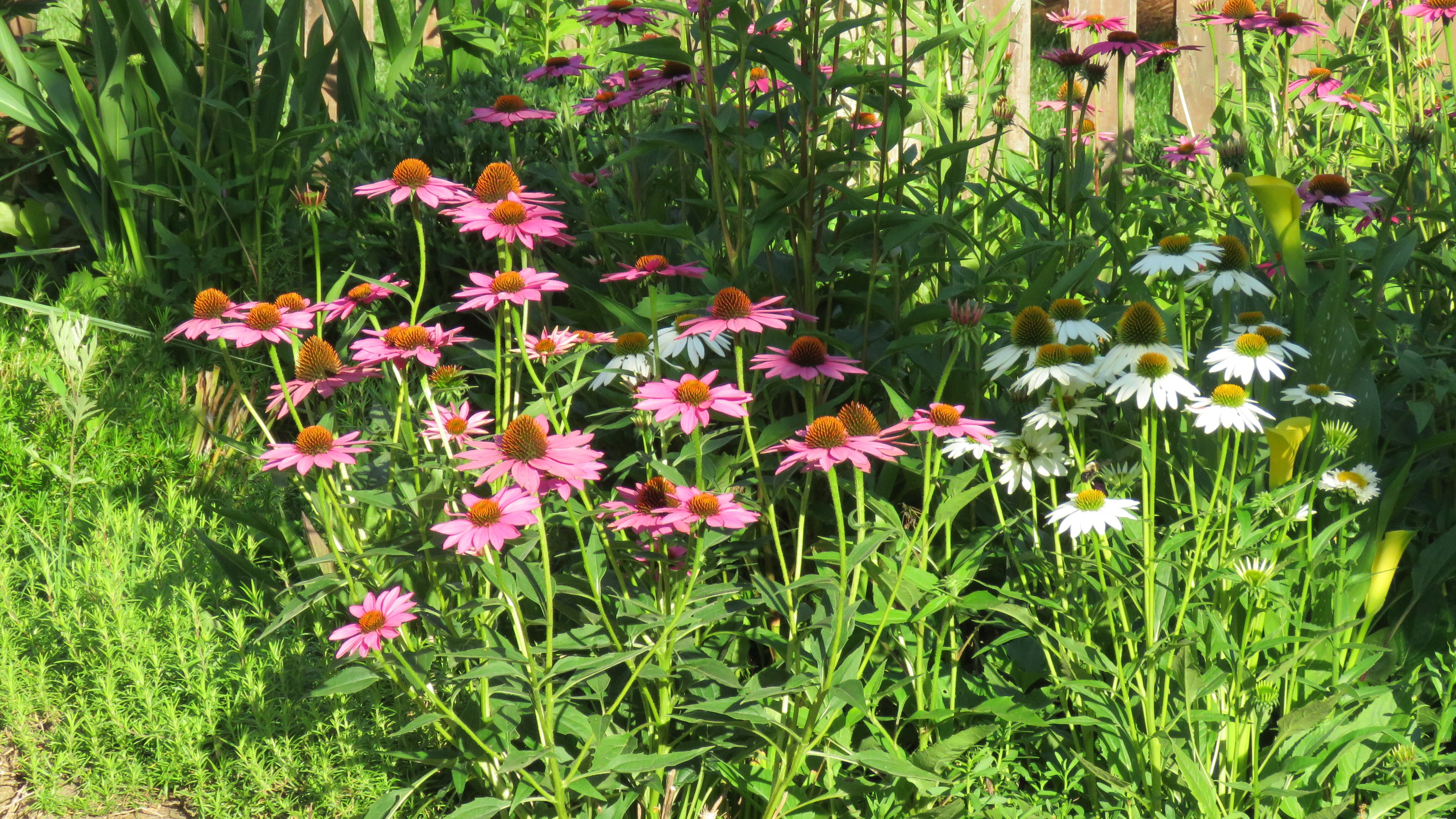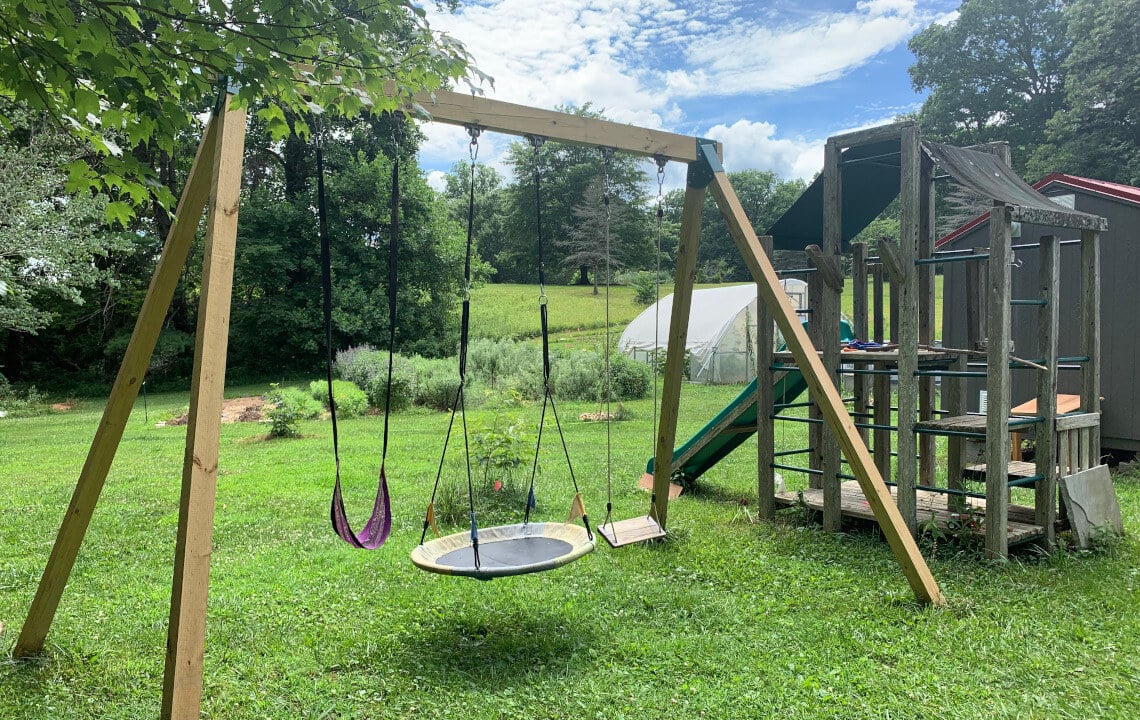An expert on water systems and water quality explains why your pond needs a management plan rather than piecemeal solutions.
Water quality agents and aquatic biologists are frequently asked these questions by pond owners every spring:
- How do I get rid of this alligator weed in my pond?
- Geese are hanging out at my pond and making a mess! What should I do?
- Why am I catching small bluegill — and nothing else!?
Instead of addressing these pond problems individually, experts advise pond owners to view their aquatic ecosystems holistically.
This approach helps solve problems at the root cause, leading to a healthier pond in the long run while saving time and money.
“Ponds are complicated systems that involve the entire watershed. Every single pond is different, says Mitch Woodward, Area Specialized Agent, Water Systems and Water Quality with North Carolina Cooperative Extension. “You need to ask a lot of questions before you start problem-solving.”
How to Develop a Management Plan
Start with your local/county extension office. In North Carolina, where Woodward works, agents in every county make farm calls to help pond owners with problem-solving.
Depending on the local resources available, your extension agent may be able to create a management plan with you.
A management plan describes your goals and objectives for your pond.

You will work with a specialist to define the resources you have available, the problems that need to be solved and the timeline for implementation and evaluation.
If your extension office is unable to help with a management plan, they may refer you to a pond management company.
“Have an initial consultation and identify all of the problems you’re having,” says Woodward. “Take pictures and write up the details. During the consultation, they’ll take a look and develop a management plan and estimate costs.”
Many of these companies employ aquatic biologists who will examine your pond and determine its root causes and sustainable solutions.
Pond Problem Categories
Some common pond problem categories that you and your specialist will consider:
- Nuisance animals like muskrats, nutria and beavers
- Erosion and sedimentation issues
- Fish die-off or unbalanced fish populations
- Poor water quality (pH, clarity, etc.)
- Aquatic vegetation overgrowth
Because the problems are often interrelated, you should address them comprehensively.

DIY-Friendly Projects
Once you have an overall management plan, you can solve some problems on your own to save money.
Many pond owners, for example, can handle nuisance animal problems. Muskrats and nutria dig and burrow in banks and dams, potentially causing banks to collapse and dams to leak.
If you decide to address these issues yourself, follow all trapping and hunting regulations.
Also, check if your state issues depredation permits if you're dealing with these problems outside of the designated harvest season.
In addition to managing nuisance animals, another DIY-friendly project is native landscaping to prevent erosion and sedimentation.
“If your pond is downhill from a large roadway or other impervious area, you’re going to have runoff and erosion issues,” says Woodward. “One way to prevent that is by having a good native vegetation buffer between your pond and the water source. That includes streams — if your pond is stream-fed, it’s best to encourage vegetation because streams can cause erosion.”
Erosion can quickly escalate into a bigger problem if you’re not attentive. This is an example of why it pays to take a comprehensive approach to pond management.
“If there is erosion from water runoff, your pond will fill in with sediment,” says Woodward. “Because algae grows from the bottom of the pond, if you have shallow water — less than 3-4 feet deep — you’ll have a lot of algae. Next, invasive plants can start to take over, and while they can be controlled, it’s not cheap and it’s not easy.”
Benefits of Working With a Management Company
In addition to helping create pond management plans, management companies offer services like aquatic weed control, aeration installation, fisheries management and water quality testing.
You can sign up with a company for a regular service contract (weekly, monthly, yearly) or you can pay for as-needed services.
Woodward says to consider working with experts for aquatic weed control, especially if herbicides are involved.
“Often you will need restricted use herbicides that require a license,” says Woodward. “Incorrect use can lead to killing your fish or off-site effects. I would advise only using professionals to apply herbicides in a pond.”
Other aquatic weed control measures the experts can help with:
- Typhoid Grass Carp — herbivorous fish that eat invasive vegetation
- Pond deepening to prevent sunlight from reaching the bottom
- Non-toxic pond dyes to shade the pond bottom

While some companies offer full-service solutions, others specialize — think of trappers or other wildlife control experts.
In North Carolina, companies specializing in goose control use Border Collies to discourage geese from settling in an area.
Whether you use a full-service company or more specialized services, some problems are best left to the experts. While it may cost money upfront, it will likely save money and headaches in the long run.
Some Notes on Fish
Aquatic biologists are especially helpful with fish management problems. Before you contact your extension office, spend some time collecting data.
Note the species, sizes and numbers of fish caught in your pond. Take photographs and write up a summary of your observations to share with a specialist.
If you see dead fish occasionally, it may not be a cause for concern. But if you see large numbers of dead fish over several days, it’s time to call for help. Fish die-offs are commonly due to oxygen depletion, which can be a complicated puzzle to solve.
While a certain amount of vegetation is good for your pond’s ecosystem, too much can cause low oxygen levels. If you use herbicides to combat vegetation, the excess plant material can contribute to low oxygen.
Other issues that affect fish health and population balance:
- pH of the soil/water
- Water quality
- Availability of nutrients
- Habitat (cover, for example)
- Predators
Solutions to these problems can be complex, including commercial aeration methods, vegetation management, liming and fertilizing, habitat management, predator control and more.
Related reading: How to Improve Fish Habitats in Small Ponds.
Thriving in the Future
It may take time to create and implement a comprehensive pond management plan, but the results are worth it.
Take time to connect with local extension agents and pond specialists, network with other pond owners in your community, and look forward to the ripples of change in your aquatic ecosystem as a result of a thoughtful and detailed plan.
Looking for More Tips on Ponds and Pond Maintenace?
Check out the following articles:

























